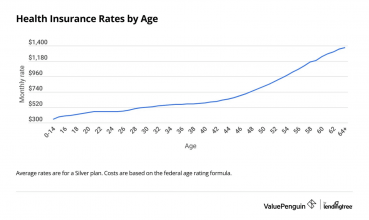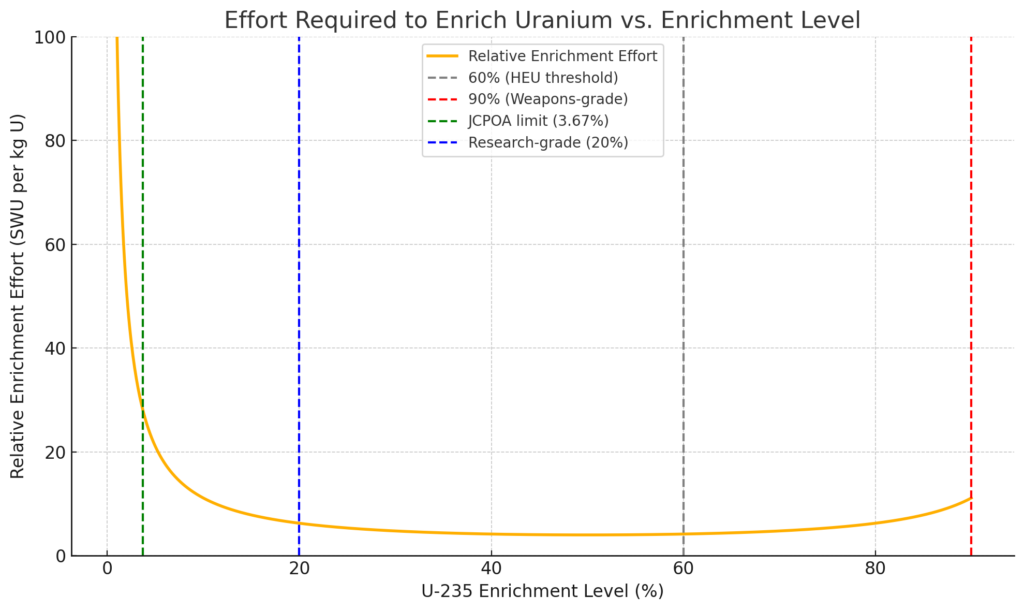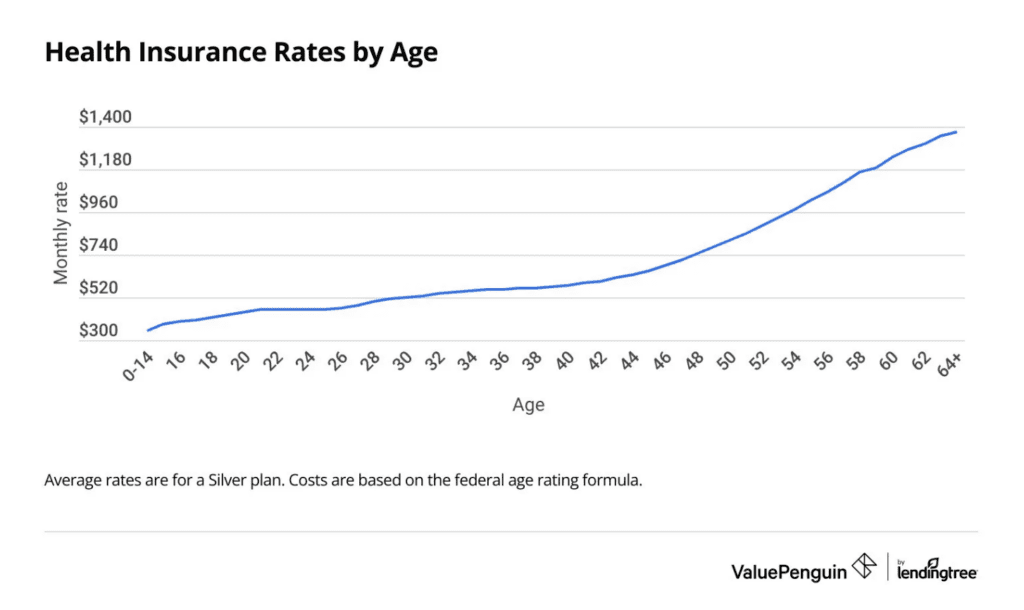“'Cause you're hot then you're cold You're yes then you're no You're in then you're out You're up then you're down”
— Hot N Cold, Kate Perry
Speevr Intelligence
The Speevr Intelligence daily updates provide in-depth alternative perspectives on key themes and narratives driving financial markets. Our unique collection brings Speevr's exclusive content together with partners' research and analysis.







